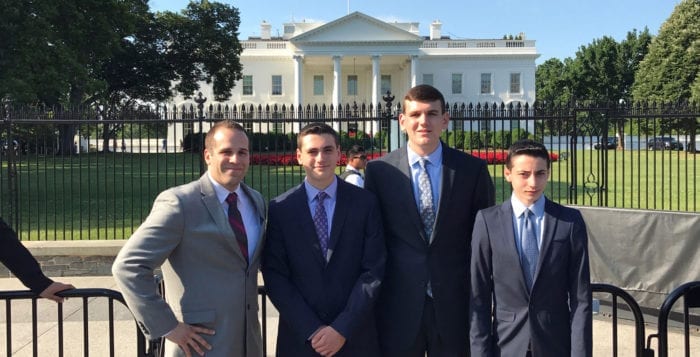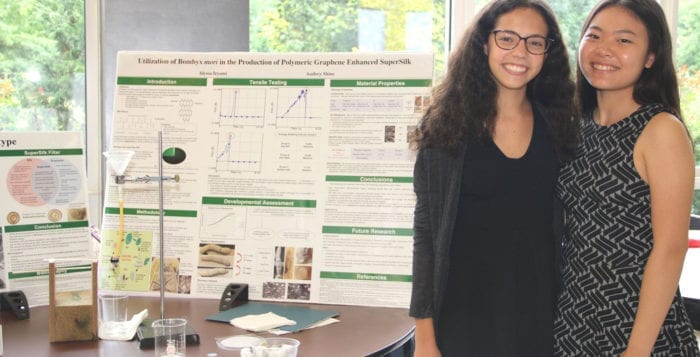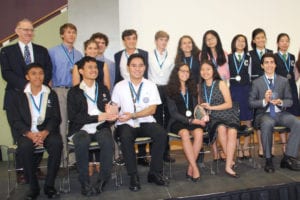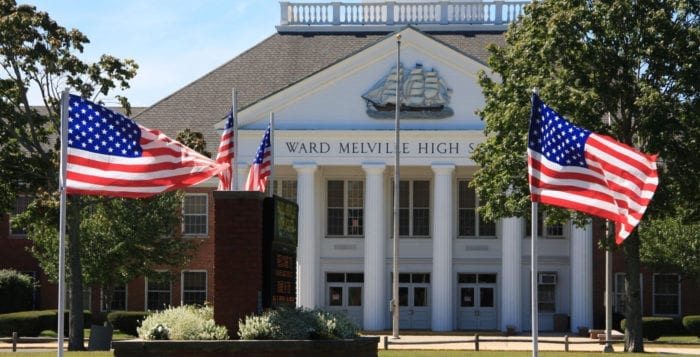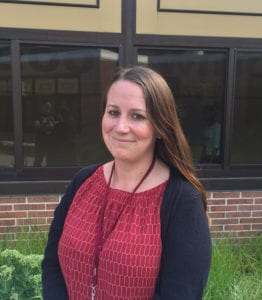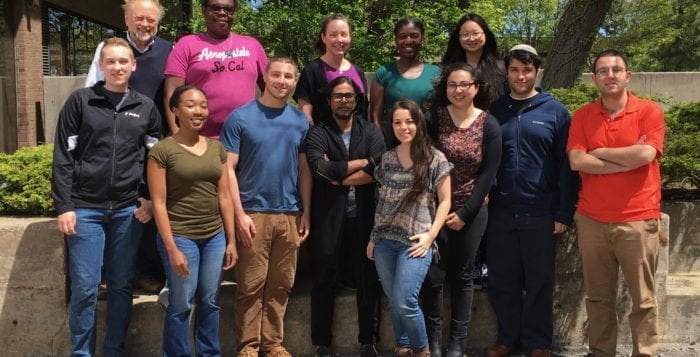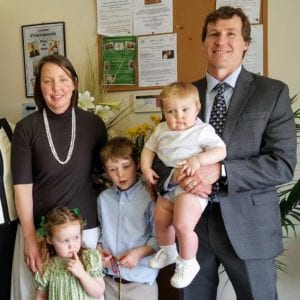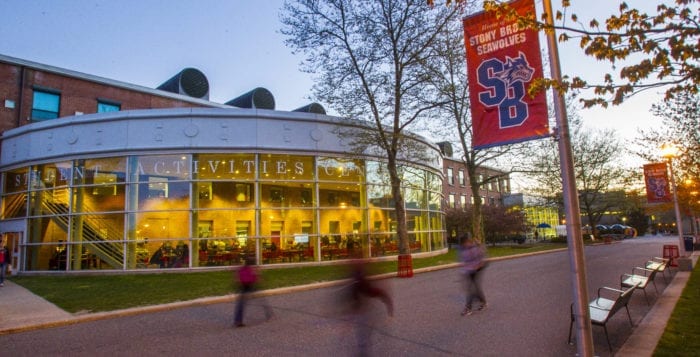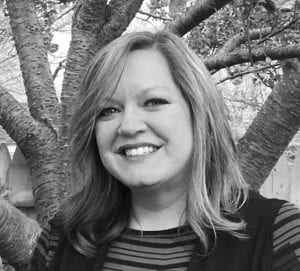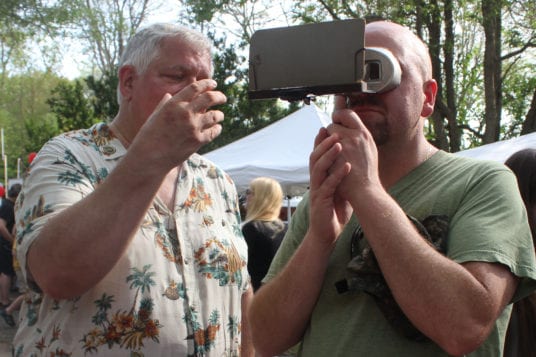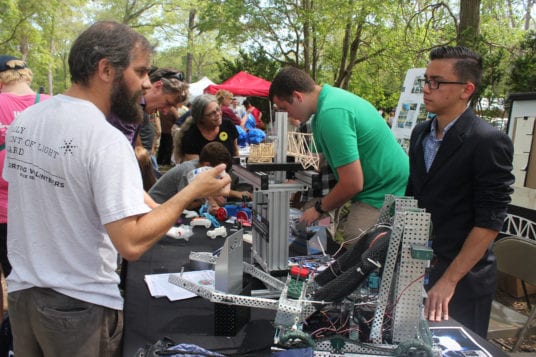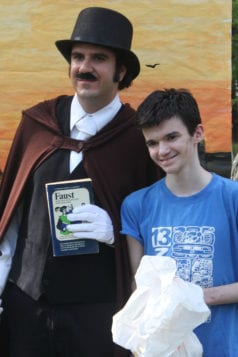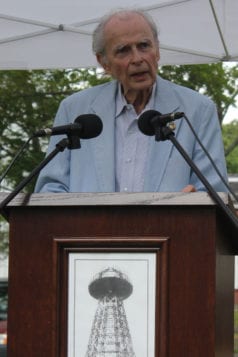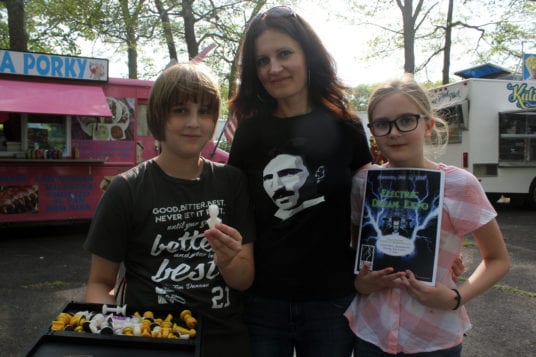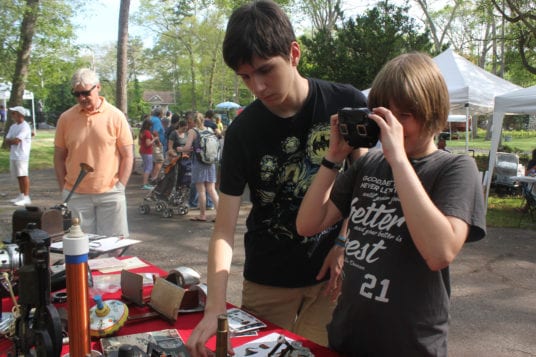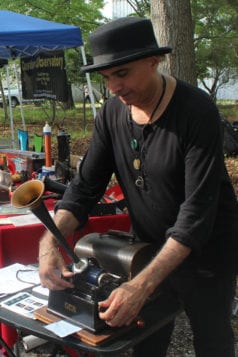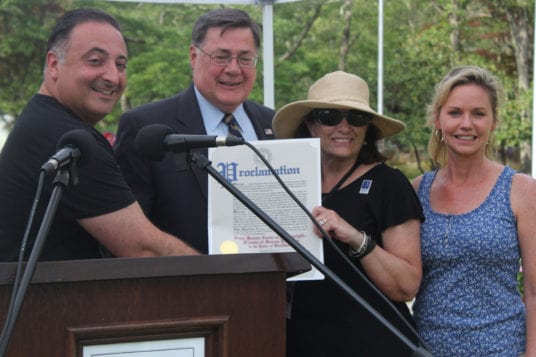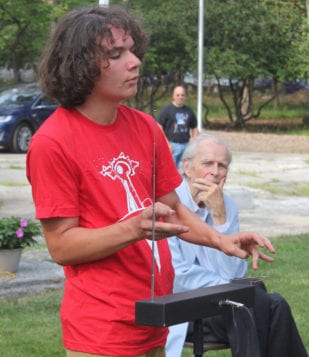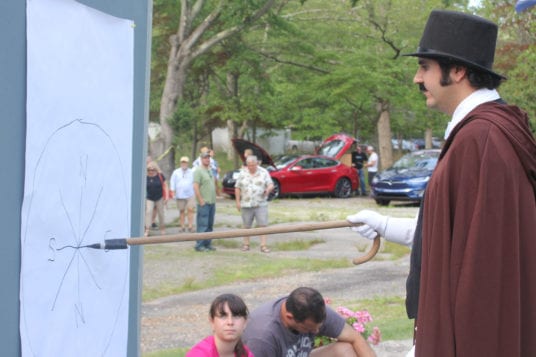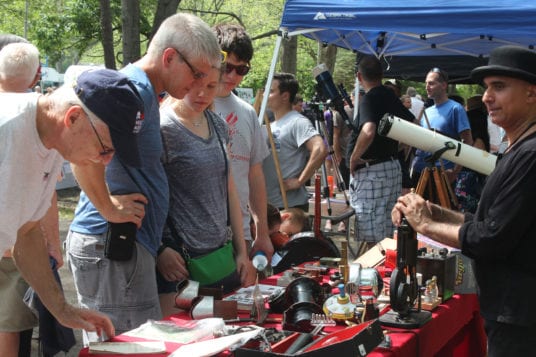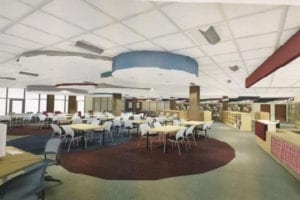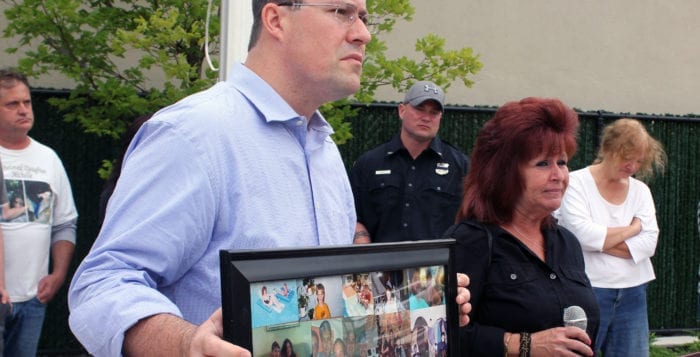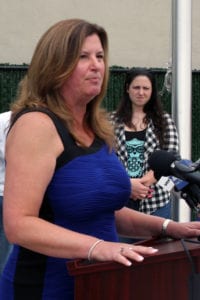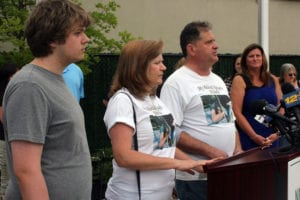By Kyle Barr
Do the math. Thousands of grade schoolers across the United States participated in the nonprofit Securities Industry and Financial Markets Association Foundation’s annual Stock Market Game, in which students invest an imaginary $100,000 in real businesses to see who can earn the largest returns. Out of nearly 4,000 teams who compete, SIFMA specifically recognizes the top 10 and brings them to Washington, D.C.
A team from Port Jefferson School District’s Earl L. Vandermeulen High School beat the odds. Brothers Alex and John DiCarlo along with their friend Joseph Cangemi took the initial investment and turned it into $127,961 earning them fifth place in the competition.
While they have more knowledge about how stocks work than most adults, they still can’t help seeming nonchalant.
“Yeah, it’s pretty cool,” Alex DiCarlo said in an interview about the success he achieved with his older brother and friend.
The SIFMA foundation is a nonprofit organization that aims to educate about financial markets, with a particular aim toward young people, and its Stock Market Game has been an annual competition since 1977. The team said they worked on their investments for 14 weeks.
The odds were long for the Port Jeff team that eventually went to D.C. Four teams from within the school’s investment club participated in the competition. This was their first time entering the national event.
“Did we expect to win? No, not at all,” the younger DiCarlo said.
The club’s advisor and Spanish teacher Bobby Farenga said he had a different attitude going into the large competition.
“You should try to win,” he said, despite the seemingly long odds. “You have to go in planning on winning, otherwise it just won’t happen.”
The team hit the ground running despite being brand new to the contest.
“What I told them was there’s two different strategies when you invest,” Farenga said. “You have a long term perspective, which you should have if you’re at a younger age. But for this particular competition since this was short term you had to do some things a little more aggressively to stay competitive, and that’s what they did.”
The team took the approach of going for some long term investments early on, then they took a percentage of what they had and looked for more “highly volatile stocks” to invest in the short term. A lot of their investments were in gold and silver markets.
The students were checking the SIFMA phone application for updates on the standings every two days, but that turned into checking it every day as the clock wound down toward the end. Two weeks before the end, the team had the option to either liquidate their assets, to sit on their cash or to maintain and see if they could eek out a bit more.
“Mr. Farenga was telling us to liquidate it! Liquidate it!” the younger DiCarlo said. “But I said ‘I don’t know about that.’ So I took it aside and I ended up losing a lot of money, like $5,000 in the last two weeks. But in the last week we ended up making back a ton of money.”
That last push allowed the team to travel to Washington, D.C., where they met with U.S. Rep. Lee Zeldin (R-Shirley) and staff from U.S. Sen. and Senate Minority Leader Chuck Schumer’s (D-New York) office. They also visited some of the Washington landmarks and interacted with other D.C. insiders.
The team said they agreed that doing the competition as a group made them learn how to interact in a group setting. They had to play to each other’s strengths and trust each other’s judgement to succeed.
“We also learned to work as a team, we could collaborate and bounce ideas off each other,” the older DiCarlo said.
Cangemi reiterated that sentiment.
“We really learned to work together and share our ideas,” he said. “I was friends with Alex before, but doing this competition made that a lot stronger.”
Alex DiCarlo and Cangemi are both headed into their junior year. John DiCarlo graduated in the spring and is heading to Stony Brook University in the fall to study computer science. While he can see himself perhaps doing some future investing in the stock market he said he doesn’t want to make a career out of it. For the time being, he said he’s more worried about his math placement exams.
The returning juniors said they expect to participate in next year’s Stock Market Game as well as a number of other local and state investing competitions.
Though they finished within shouting distance of the top spot, and the group said it’s a goal for next year to come in first, but for the younger DiCarlo, that jump is more complicated than a few steps up a ladder — it means a higher return on investment.
“It’s a tough task,” he said. “That’s four more places with 70 percent more return.”

